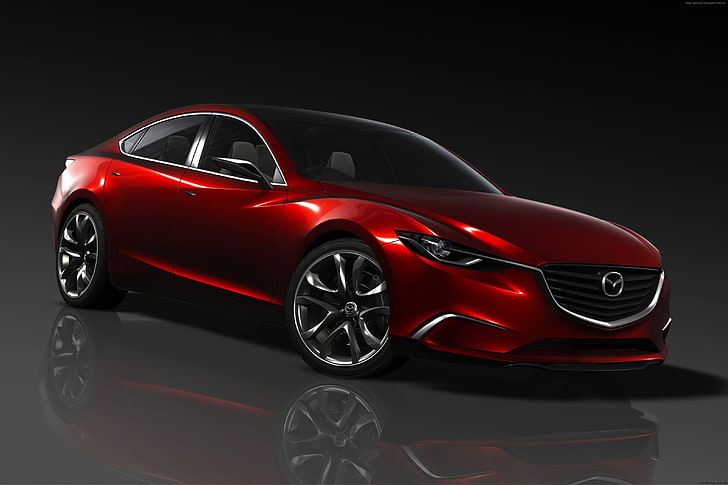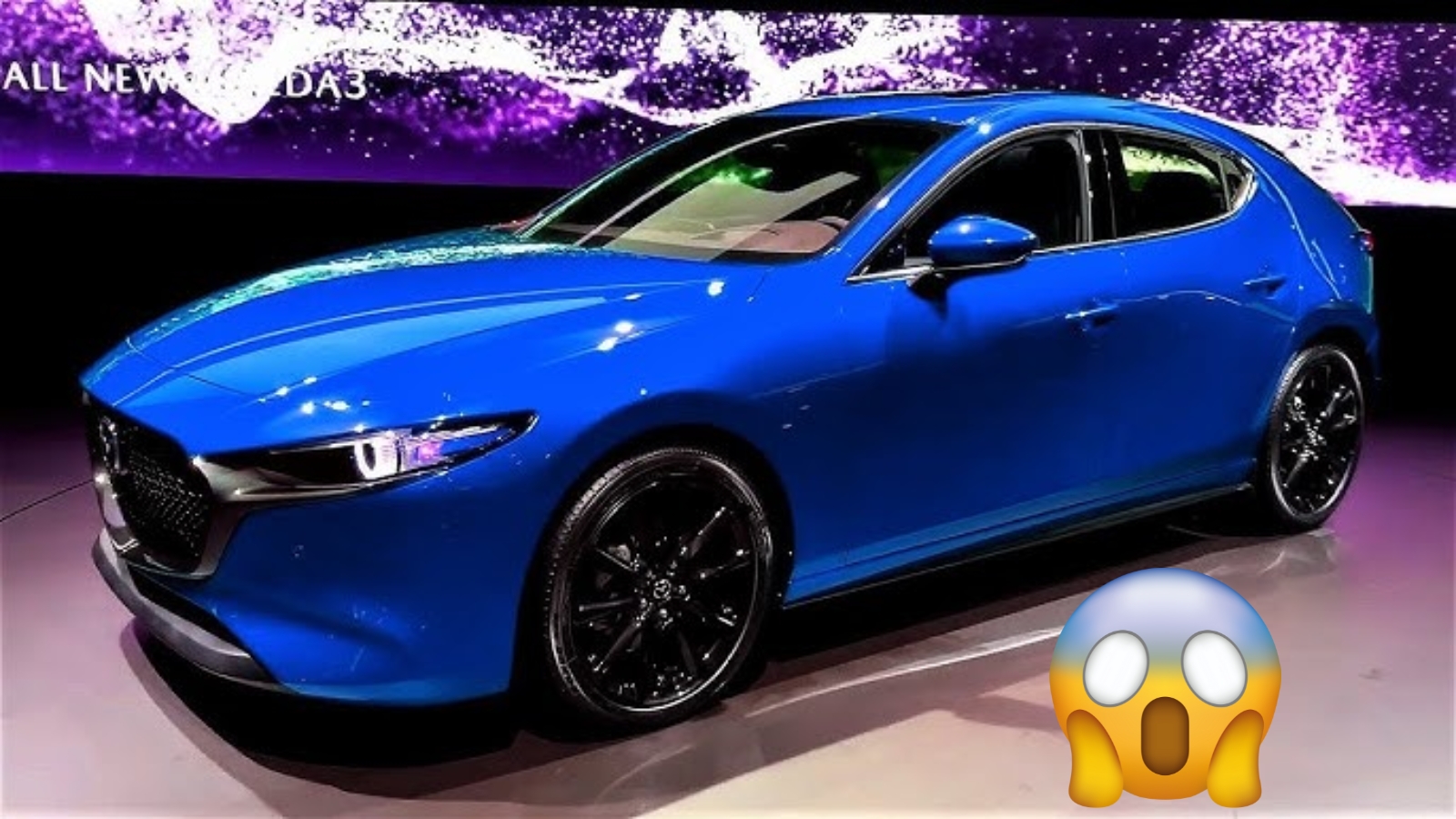Every time you walk into a car dealership in Australia and see that hefty price tag on a family SUV, you’re looking at more than just the car’s value. Hidden in that number is a controversial tax that’s been quietly inflating prices for over two decades – the Luxury Car Tax (LCT). Now, major automotive players like Mazda Australia are speaking up, saying it’s time for this outdated system to go.
What Exactly Is Australia’s Luxury Car Tax?
The Luxury Car Tax isn’t just about flashy sports cars anymore. This 33% tax kicks in on every dollar above specific thresholds, currently set at $91,387 for fuel-efficient vehicles and $80,567 for standard models. What started as protection for Australian car manufacturing has evolved into something quite different.
When you’re shopping for a family vehicle today, models like the Toyota Kluger, Mazda CX-90, or even the popular Toyota Prado can easily hit these thresholds. The result? Families pay thousands more for safety features, fuel efficiency, and modern technology that should be standard in today’s vehicles.

Why Car Manufacturers Want Change Now
The Original Purpose No Longer Exists
The LCT was introduced in 1999 with a clear mission: protect Australian car manufacturing by making imported vehicles less competitive. Ford Australia shut down in 2016, followed by Holden in 2017. The very industry this tax was designed to protect simply doesn’t exist anymore.
Trade Relationships Are at Stake
European Union partners have been pushing Australia to remove what they see as an unfair trade barrier. With global trade relationships becoming increasingly important, the Australian government is considering using LCT removal as a bargaining chip for better agricultural export access to European markets.
Family Cars Caught in the Crossfire
Modern vehicles packed with safety technology, emissions controls, and advanced features naturally cost more to produce. What were once truly “luxury” price points now represent mainstream family transportation. The Australian Automotive Dealer Association points out that this creates an absurd situation where families pay penalty taxes on vehicles designed to be safer and cleaner.
How Changes Could Affect Your Next Car Purchase
| Vehicle Category | Current LCT Threshold | Potential Savings |
|---|---|---|
| Fuel-Efficient Vehicles | $91,387 | Up to $15,000+ |
| Standard Vehicles | $80,567 | Up to $12,000+ |
Real-World Impact on Popular Models
The Toyota LandCruiser 300 Series, currently around $144,000, could drop by approximately $15,600 if the tax disappears. The Nissan Patrol might see reductions of $7,000 or more, while premium family SUVs could become significantly more accessible to middle-class buyers.
However, there’s a catch. Starting July 2025, the definition of “fuel-efficient” vehicles changes dramatically. Instead of 7 litres per 100 kilometres, cars must achieve 3.5 litres per 100 kilometres to qualify for the higher threshold. This change will push more hybrid and diesel models into the lower threshold category, potentially increasing their final cost.
The Industry Response Has Been United
Dealers Are Speaking Up
The Australian Automotive Dealer Association has been particularly vocal, arguing that the tax discourages uptake of safer, cleaner vehicles. They’ve proposed several compromise solutions, including raising thresholds to truly target luxury vehicles and exempting low-emission cars entirely.
Manufacturers Feel the Pressure
Car brands across the spectrum – not just luxury European makers – support removing the LCT. They argue it creates artificial market distortions that ultimately hurt consumers seeking modern, efficient vehicles.
What Happens Next? The Political Reality
Government Revenue Concerns
The LCT generates approximately $1.2 billion annually for government coffers. With economic pressures mounting, completely removing this revenue source presents challenges that policymakers must address.
Gradual Phase-Out Under Consideration
Recent reports suggest the government might implement a gradual phase-out rather than immediate removal. This approach would minimize potential negative impacts on vehicle resale values while still achieving the desired trade negotiation outcomes.
New Vehicle Efficiency Standards Complicate Things
Australia’s upcoming New Vehicle Efficiency Standard adds another layer of complexity. Some critics argue it’s contradictory to remove taxes on expensive cars while potentially penalizing manufacturers of popular vehicles like utes and SUVs for emissions.
What This Means for Regular Car Buyers
Timing Your Purchase
If you’re in the market for a higher-end family vehicle, the timing of any LCT changes could significantly impact your costs. However, don’t expect immediate dramatic price drops – dealerships and manufacturers may adjust pricing strategies gradually.
Look Beyond Just Price
Even without LCT, factors like dealer margins, manufacturer incentives, and market competition will continue influencing final prices. The removal of this tax should be viewed as one positive development rather than a complete solution to vehicle affordability.
Consider State-Level Taxes
Remember that states like Victoria and Queensland maintain their own luxury vehicle taxes, which can add up to 5% on vehicles over $100,000. Federal LCT removal won’t eliminate all additional charges.
Frequently Asked Questions
Q: When will the Luxury Car Tax actually be removed?
A: No definitive timeline exists, but reports suggest it could happen by late 2025 as part of trade negotiations with the European Union.
Q: Will removing LCT make all cars cheaper?
A: Only vehicles currently above the LCT thresholds will see direct price reductions. Budget and mid-range cars won’t be affected.
Q: How much could I save on a new car?
A: Savings depend on how much your chosen vehicle exceeds current thresholds – potentially anywhere from $2,000 to $15,000+ on popular family SUVs.
Cupra 2025 Australia Lineup: Every New Model You Need to Know
